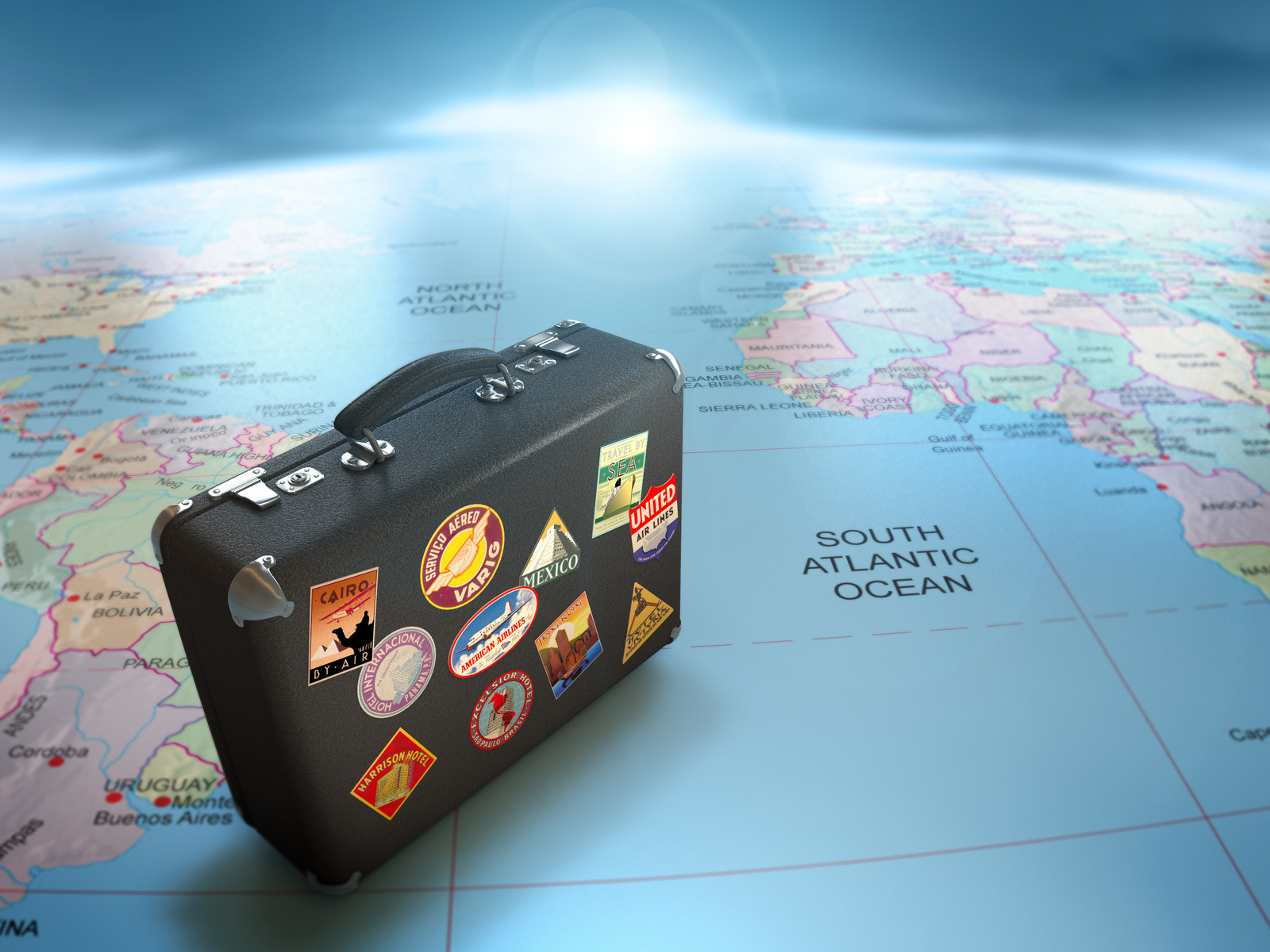The Falkland Islands Museum is a complex of buildings that is not only architectural heritage. It is also an exciting museum telling visitors about the history of the Falkland Islands, the life of the locals and the Europeans who had moved there, their traditions, and folk crafts.
The wife of the governor William Lamond Allardyce initiated creating the first museum. She believed that preserving the cultural heritage of the local residents was necessary as it might totally disappear under the influence of brought-in European traditions. Her husband supported the idea and right before the ending of his governor’s term in 1909 opened the first museum located in an old school.
Gradually, the collection was expanding, the museum moved from one place to another until it became a real museum complex situated in the historical part of the city on the territory of the old dockyard. With the help of the specialists and volunteers, some historic buildings, built in the 1840-s, were moved there to house the rich collection of artifacts and themes of different times.
The most interesting building for a visit is the Historic Dockyard Museum that was added to the list of the top 25 museums of South America in 2018.
The Historic Dockyard Museum features the most complete exhibition items telling tourists about the history of the island and its colonization by Spanish and then by English. The historians working at the museum has accumulated the richest collection of artifacts connected with sailships and whale hunting industry. There are even ancient schooners living out their remaining days in shallow waters and a small launch. Those who love amusing sea stories should definitely read the sailors’ notes that are also carefully kept in the museum.
Besides, you can see a big collection of costumes, stamps, and printed goods: from wedding invitations and newspapers to leaflets with war declarations. A visitor also has a chance to study the way old printing equipment, telephone, and radar stations worked and learn how sheep raising was developing on the islands.
In other words, the museum covers all the modern history, demonstrating how within just a few centuries the colonists managed to build a new modern world on these territories.



